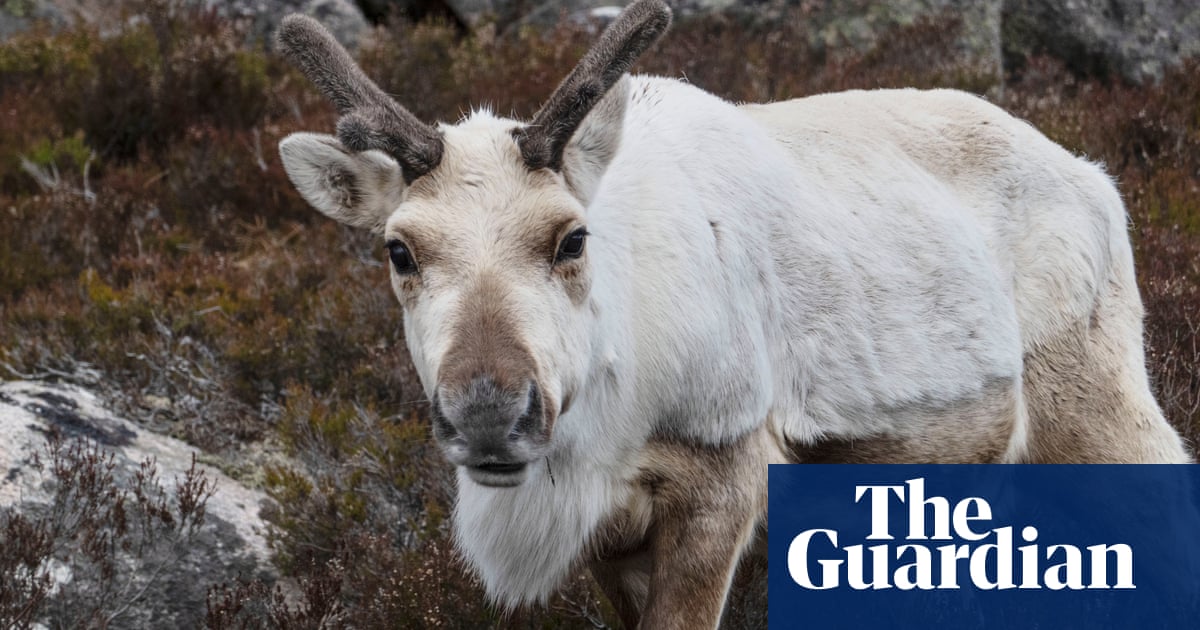
Experts in Japan have warned that bear attacks are rising at an unprecedented rate, as the animals struggle to find food in their natural habitat.
Bears have caused at least 158 injuries and two deaths since April, equalling the record set in 2020, according to media reports. Most of the attacks occurred in the northern part of Honshu, Japan’s biggest island, the environment ministry said.
Experts attribute the rising number of incidents to a combination of bumper crops of acorns and beechnuts last year – which resulted in the presence of larger bear cubs – and a shortage of the dietary staples this year, which is forcing more animals to venture into populated areas in search of food before they go into hibernation in early December.
In the past, bear encounters almost always involved people who had wandered into the forest to forage for wild vegetables and herbs, or unsuspecting hikers. But the blurring of the once-distinct borders between the bears’ forest homes and depopulated villages has led to more frequent contact with humans in built-up areas.
According to the Kyodo news agency, 15 of Japan’s 47 prefectures reported attacks in the six months to September. The single largest number occurred in Akita, in Honshu’s far north, followed by Iwate and Fukushima.
Authorities in Iwate said that more than half of the attacks reported this year had occurred in or near people’s homes, adding that a fifth of the victims had been taking preventive measures, such as carrying bells designed to scare off the animals, when they were targeted.
Earlier this month a bear attacked six people in an urban area of Akita in a single day, including a woman in her 80s and a schoolgirl waiting at a bus stop. Three of the attacks occurred in a neighbourhood close to shops, homes and a hospital.
A 66-year-old man in the prefecture, where 52 incidents have been reported so far this year – more than eight times last year’s figure – was badly injured after finding a bear in his garage.
“He was facing me, and our eyes met,” the man told the Yomiuri Shimbun newspaper. “I didn’t think I stood a chance and immediately started to run away.” The bear knocked the man to the ground as he fled. “It was growling horribly, and bit me on the head,” he added. “There was nothing I could do.”
The environment ministry described the rise in attacks as “extraordinary,” while the environment minister, Shintaro Ito, urged people to properly dispose of household food waste, which could attract the animals, and make sure they keep doors closed. Farmers have been advised not to leave fallen fruit on the ground.
A man was found mauled to death in Iwate – the first fatality resulting from a bear attack in the area for well over a decade – while in Hokkaido, Japan’s northernmost main island, police found the severed head of an angler who was believed to have been the victim of a bear attack.
The Iwate governor, Takuya Tasso, said hoping for the best was no longer an option. “We shouldn’t put too much faith in previous experiences in which people encountered bears but were unharmed. We have to be more vigilant.”
Japan’s public broadcaster, NHK, recently aired a programme offering advice on what to do should you encounter a bear. The main takeaways: carry a repellant spray and do not, under any circumstances, make eye contact or try to run away. Shops are reporting a sharp rise in sales of items designed to scare off the animals, including bells, whistles and portable radios.
There have been almost 15,000 bear sightings across Japan this year, an increase of more than 4,000 from the same period last year. Some were on the Izu peninsula, where wild bears were seen in 2021 for the first time in a century. This month a campsite near Tokyo was temporarily closed after campers spotted a bear.
Conservationists have called for more to be done to ensure an adequate supply of acorns and other foods. Possible solutions include establishing safe feeding spaces to prevent the animals from venturing into populated areas or leaving supplies of acorns on higher ground.
Japan’s bear population is growing. A recent estimate published by the Yomiuri put the number of black bears at 44,000 – compared with 15,000 estimated by the environment ministry’s biodiversity centre in 2012. That figure does not include Hokkaido, thought to be home to about 11,700 Ussuri brown bears, whose population has more than doubled since 1990.
The recent incidents have revived memories of Japan’s deadliest bear attacks, known collectively as the Sankebetsu incident, in which an 2.7-metre (8ft 10in) brown bear weighing 340kg (750lb) killed seven villagers and injured three others on Hokkaido in 1915. The bear, whose rampage inspired novels, radio and stage productions, and a film, was tracked down and shot dead by a hunter.












